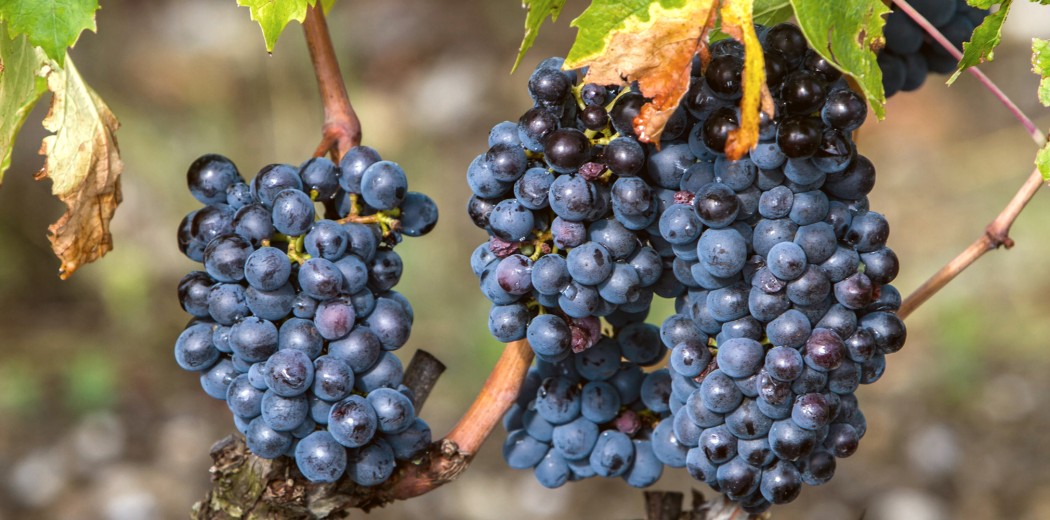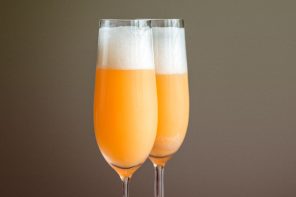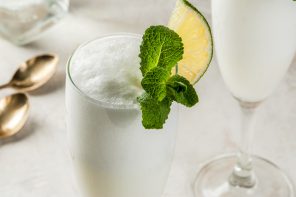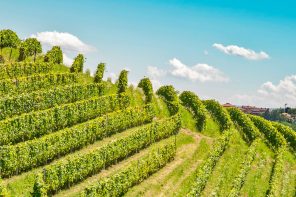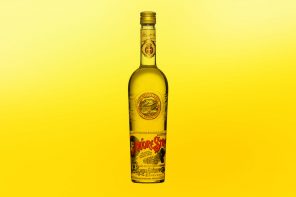Sanguis jovis. The blood of Jove. Sangiovese. In Italy, this red grape trumps them all, at least in terms of plantings. Yes, Sangiovese is the single most planted grape in the Boot, red or white. It’s grown up and down the country, but Sangiovese’s heart and native region is Tuscany. This is where you’ll discover the most storied expressions: Brunello, Chianti Classico, Vino Nobile di Montepulciano (not to be confused with the grape Montepulciano grown throughout Southern Italy) and certain Super Tuscan bottlings. Sangiovese is to Italy as Pinot Noir is to France; it’s a finicky grape capable of producing utter plonk or what are arguably some of Italy’s greatest wines.
To reach those lofty heights, the vines not only need to be planted in a sweet spot in terms of both climate and soil but require a talented winemaker to take that raw potential and make it something legendary. For this reason, throughout much of its history and even to this day, Sangiovese has been blended with other varieties. Brunello is a notable exception – it’s always been a 100 percent Sangiovese wine. In Chianti, the days of yore saw the likes of Trebbiano and Malvasia being added, while today anything from Cabernet Sauvignon to a slew of local grapes are approved. It wasn’t until 1995 that it even became legal to produce 100 percent Sangiovese wines in the region.
Like Pinot Noir, Sangiovese is prone to clonal mutation. Prone might be a bit of an understatement; there are literally hundreds upon hundreds of Sangiovese clones inhabiting vineyards. Some of the more famous clones are Sangiovese Grosso, Brunello, Prugnolo Gentile and Sangioveto. The clonal conundrum inspired major Tuscan producer Castello Banfi to take a closer look at the grape that was the bread and butter in their region. They began research into Sangiovese’s myriad clones back in the 1980s, focusing on vines in the immediate vicinity of their Montalcino estate. Lo and behold, researchers found well over a whopping 600 Sangiovese clones in their area alone and went ahead isolating the best ones for their vineyards. Its spread along the spine of Italy and propensity towards mutating may also have something to do with the grape’s rather prolific tendencies. Sangiovese shares a parent-offspring relationship with many, many grapes. Just look to southern Italy; there’s Gaglioppo, Frappato, and Nerello Mascalese, to name a few.
What can you expect from a glass of Sangiovese? Sour cherry, strawberry, earth, tea and violets. It can be a bit spicy and tends to be light in color – it’s capable of getting reasonably concentrated, particularly Brunello. Structurally speaking, Sangiovese is high acid and the tannins tend to register around medium plus to high. You know what this means; Sangiovese is a great food wine. Need inspiration? Virtually anything Italian, especially if there are tomatoes in the dish, virtually any type of red meat and grilled vegetables. A savory wine, it pairs well with savory foods.
Since the ’70s, Sangiovese has taken off in a big way. The blood of Jove also shows up in Argentina, California and Australia. Although there’s nothing quite like Italian Sangiovese, the Mediterranean climates in parts of California and Australia allow producers to make decent wines. Closer to home, Sangiovese is planted throughout Corsica, where it’s called Nielluccio, and makes delicious savory reds and rosés. Because it’s grown in so many regions and has so many expressions, Sangiovese is a fun wine for casual tastings or a chill night with friends. Have everyone bring a bottle from across the grape’s many regions, order a couple of pizzas and you’ve got yourself the makings of a great evening.

